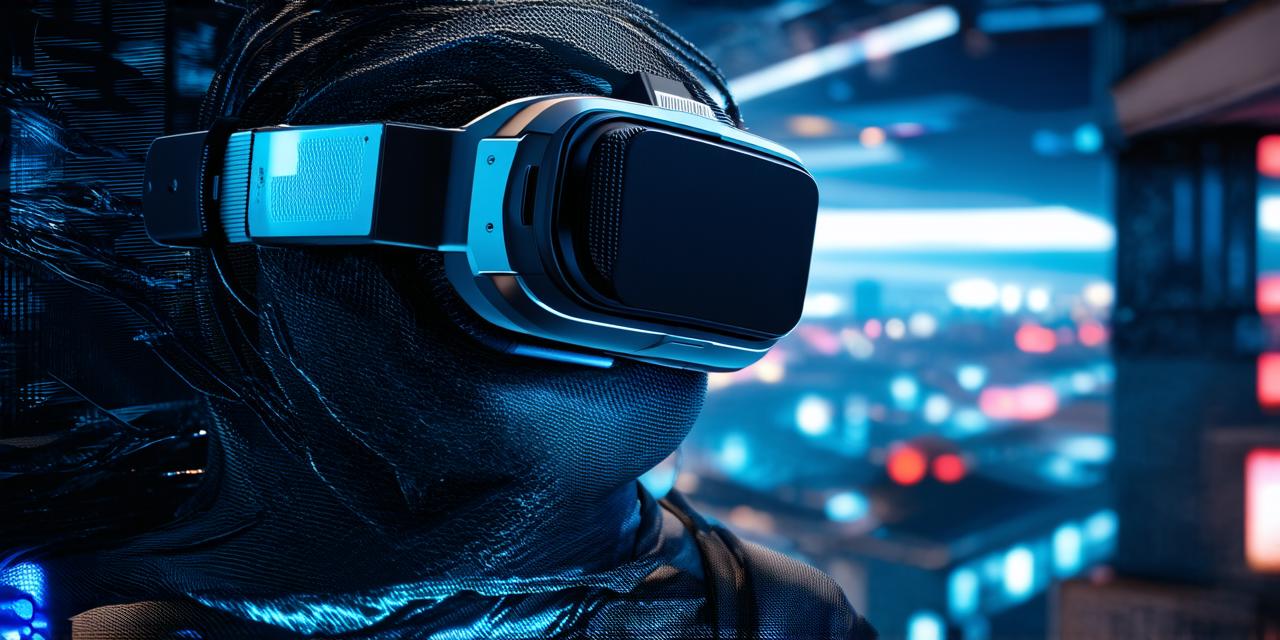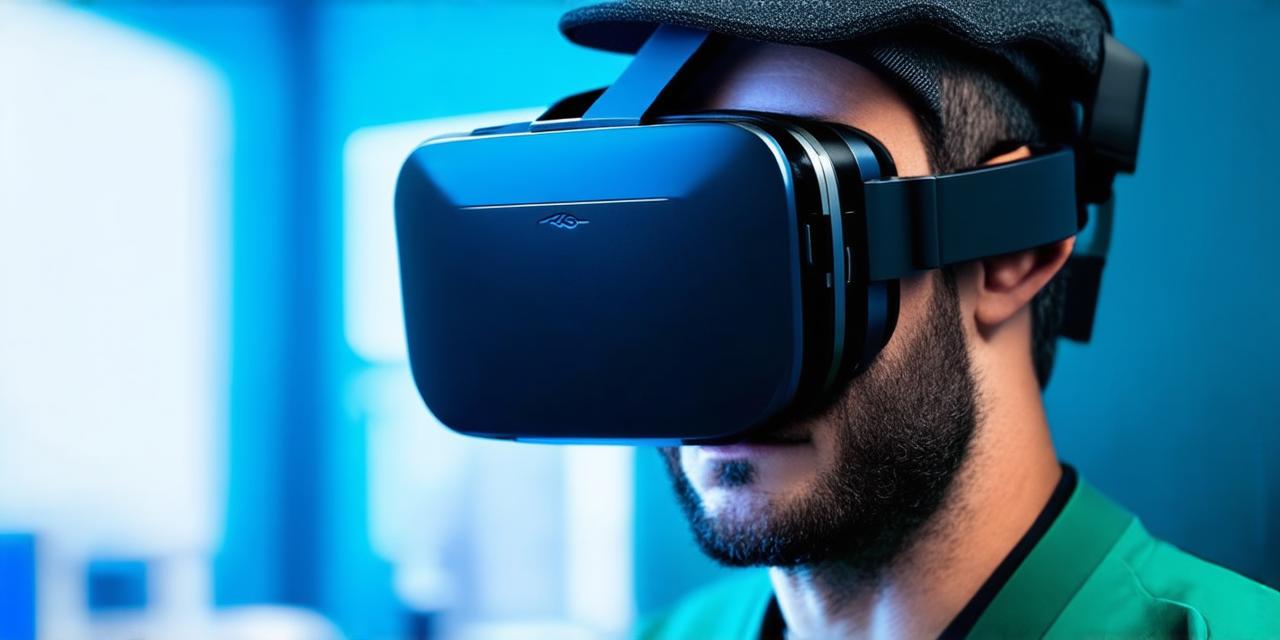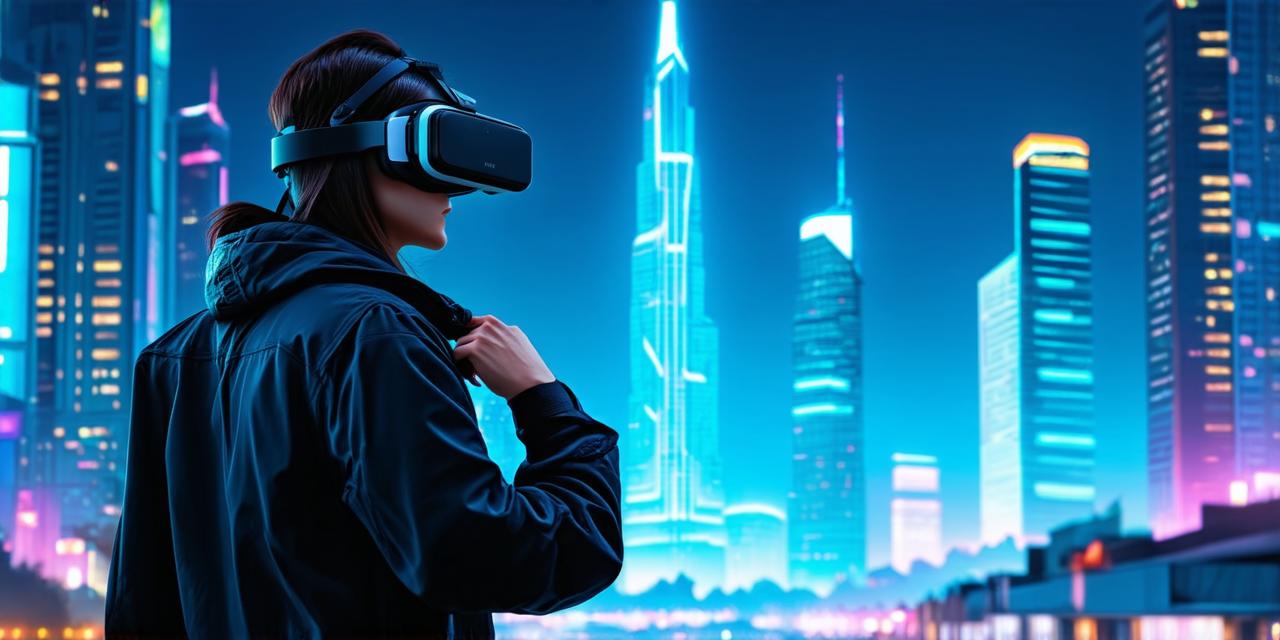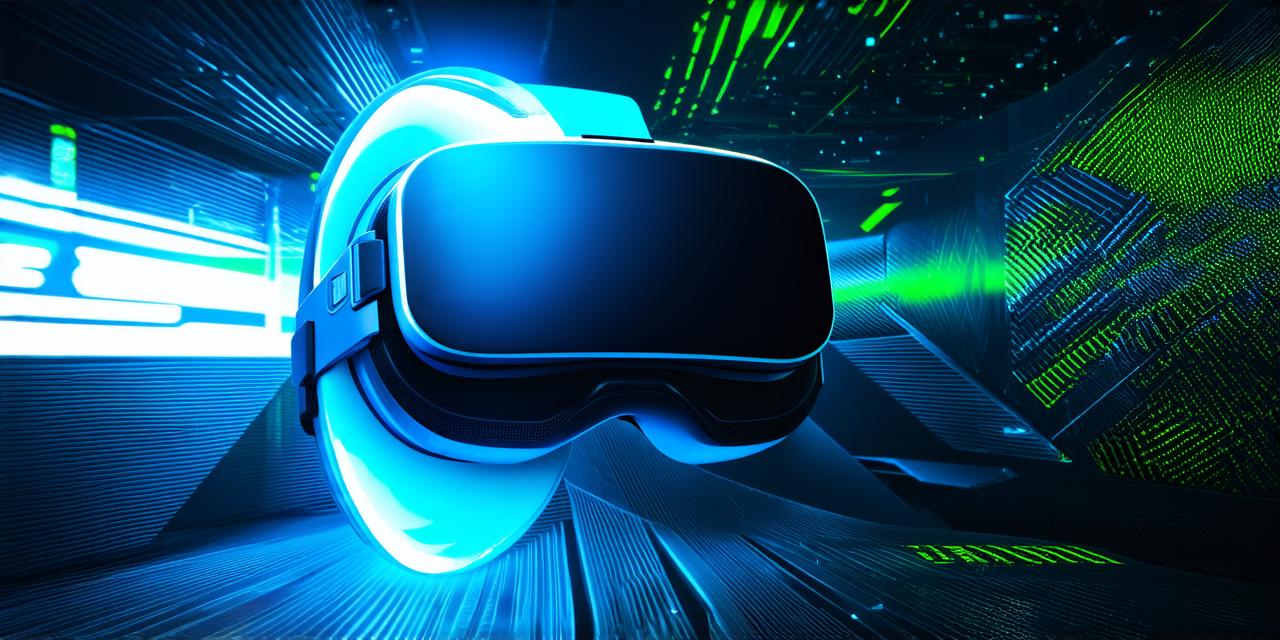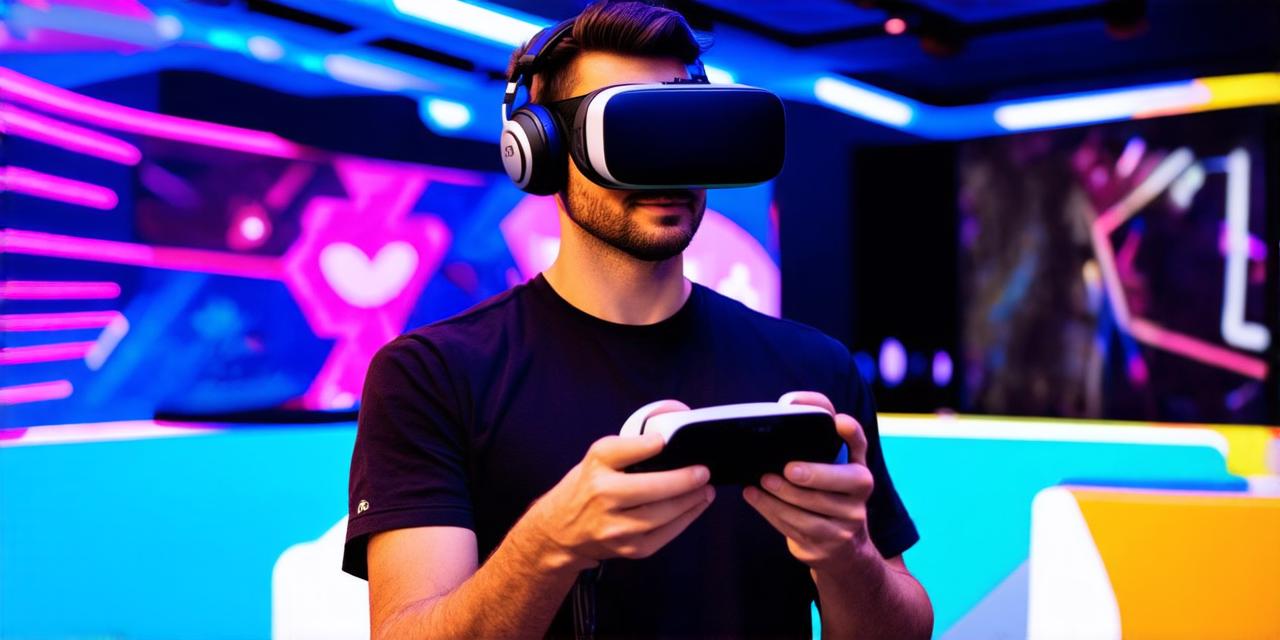Virtual reality (VR) is a rapidly growing field that offers exciting opportunities for augmented reality (AR) developers. With VR, users can immerse themselves in simulated environments and interact with them in ways that were previously impossible. In this article, we will explore the steps involved in developing VR programs and how AR developers can leverage their skills to create engaging VR experiences.
Understanding the Basics of VR Programming
Before diving into the technical details of VR programming, it’s important to understand the basics. At its core, VR involves creating immersive environments that respond to user inputs in real-time. This requires a deep understanding of computer graphics, user interfaces, and motion tracking technology.
One of the key challenges of VR programming is ensuring that the user experience is seamless and intuitive. This requires careful consideration of factors such as user input devices (e.g., controllers, gloves), movement tracking systems, and rendering techniques. Developers must also be mindful of the physical limitations of the VR environment and ensure that users can comfortably interact with it for extended periods.
Case Study: Unity in Action
Unity is one of the most popular game engines used for VR development. It offers a range of features and tools that make it easy for developers to create engaging VR experiences. In this case study, we’ll look at how Unity can be used to develop a simple VR program.
Step 1: Setting Up the Environment
The first step in developing a VR program is to set up the environment. This involves creating 3D models of objects and environments that will be rendered in real-time. Developers can use tools such as Blender or Maya to create these models, or they can purchase pre-made assets from marketplaces like the Unity Asset Store.
Step 2: Implementing User Input Devices
User input devices are critical to creating an immersive VR experience. Developers must ensure that users can comfortably interact with the virtual environment using controllers or other input devices. In Unity, this involves configuring the input settings in the project settings window and mapping user inputs to specific actions in the code.
Step 3: Creating Movement Tracking Systems
Movement tracking systems are used to track the user’s position and movement within the virtual environment. This is achieved using sensors such as accelerometers, gyroscopes, and magnetometers that are integrated into the user input device or worn on the body. In Unity, developers can use plugins such as Oculus SDK or Vuforia to implement movement tracking.
Step 4: Rendering Techniques
Rendering techniques are used to create the visual experience of the virtual environment. This involves optimizing the graphics and animations to ensure that they run smoothly in real-time. Developers can use techniques such as occlusion culling, texture compression, and LOD (level of detail) to improve performance.
Step 5: Testing and Iteration
Finally, developers must thoroughly test their VR program to ensure that it is engaging and intuitive for users. This involves iterating on the design and functionality based on user feedback and testing data. Developers can use tools such as Unity Analytics to track user behavior and identify areas for improvement.
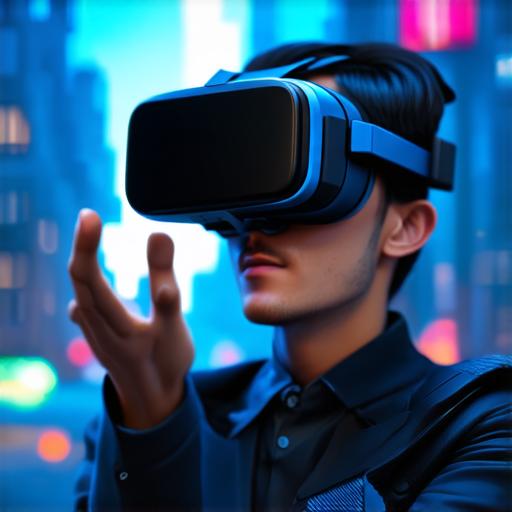
Real-Life Examples of VR Programs
To illustrate the potential of VR programming, let’s look at some real-life examples of VR programs developed using Unity.
-
Beat Saber: Beat Saber is a popular rhythm game that uses VR to create an immersive music experience. Players use virtual light sabers to slash through blocks that correspond with beats in a song. The game has been a massive hit on platforms like Oculus and HTC Vive, demonstrating the potential of VR for entertainment applications.
-
Tilt Brush: Tilt Brush is a creative tool that allows users to paint and sculpt in a virtual environment using VR controllers as brushes. The program has been used by artists and designers to create stunning 3D art installations, demonstrating the potential of VR for creative applications.
